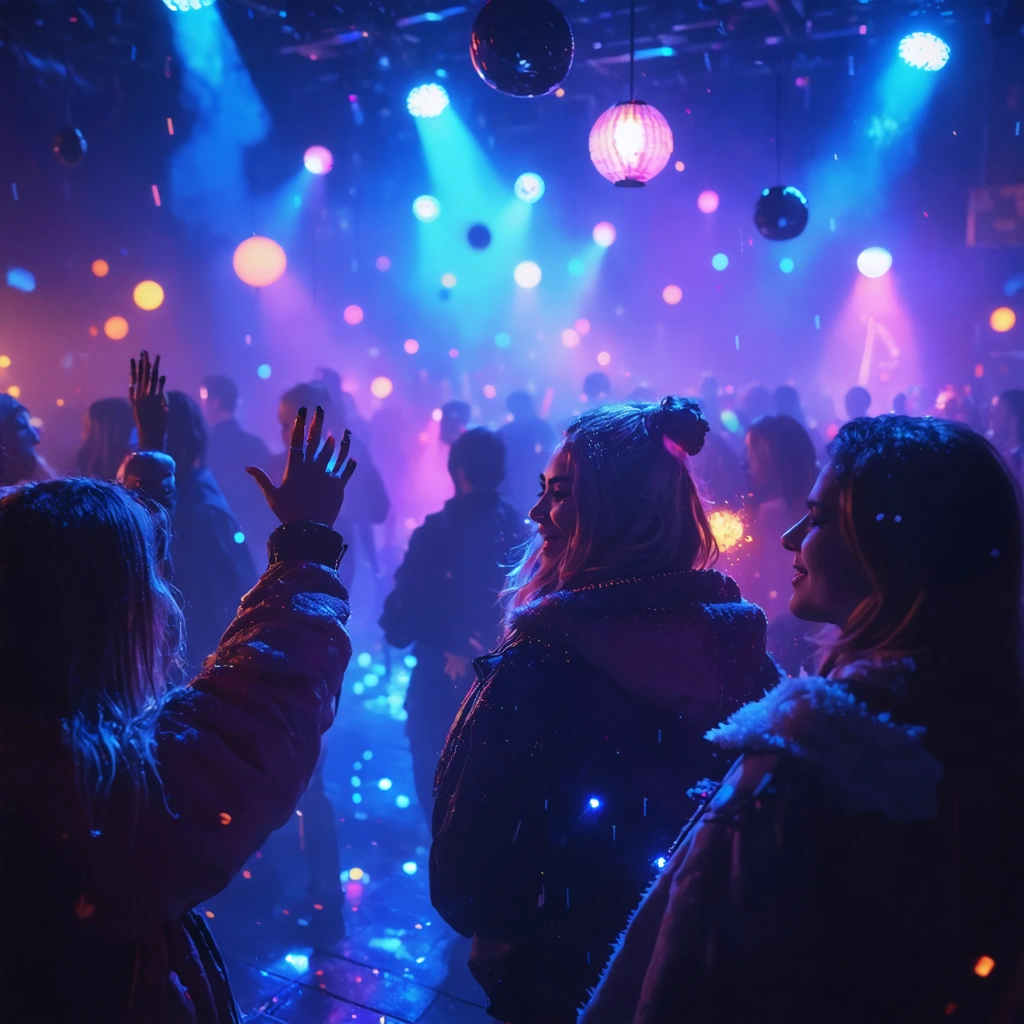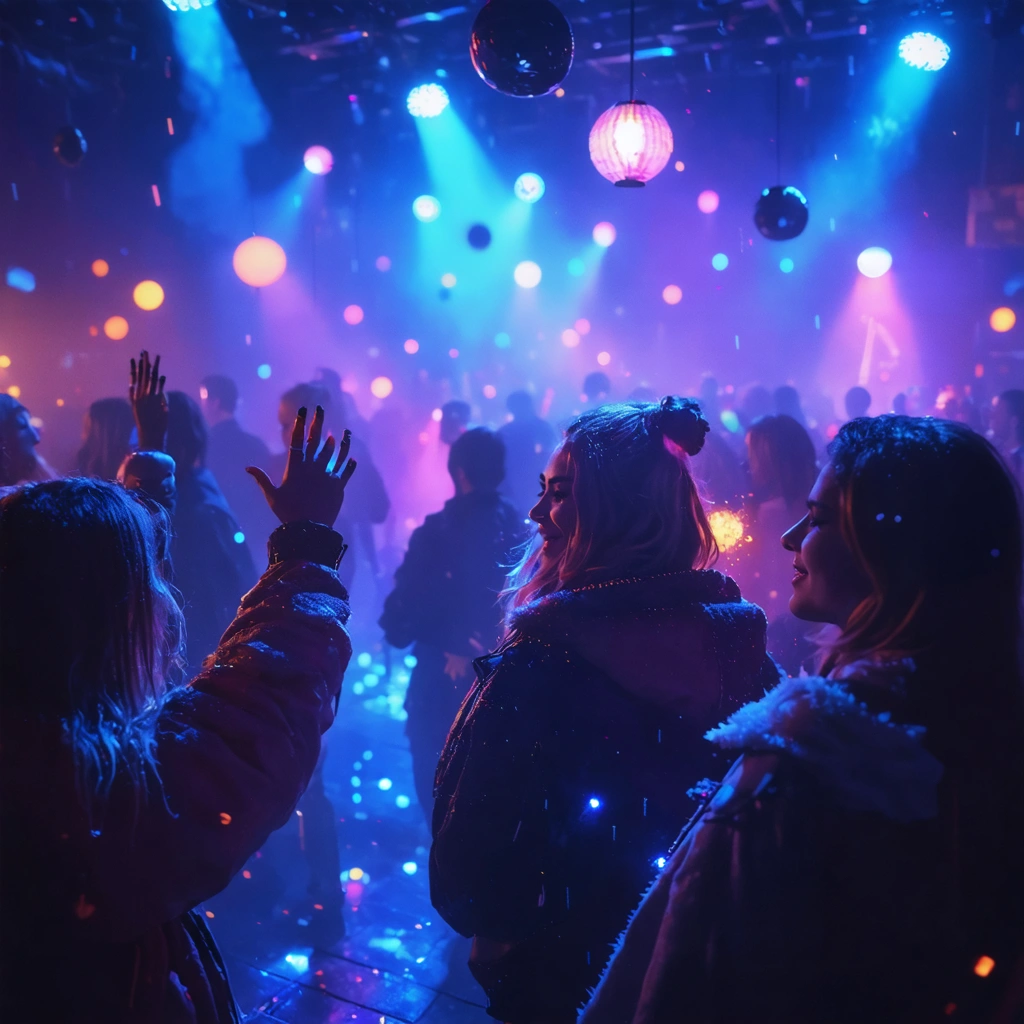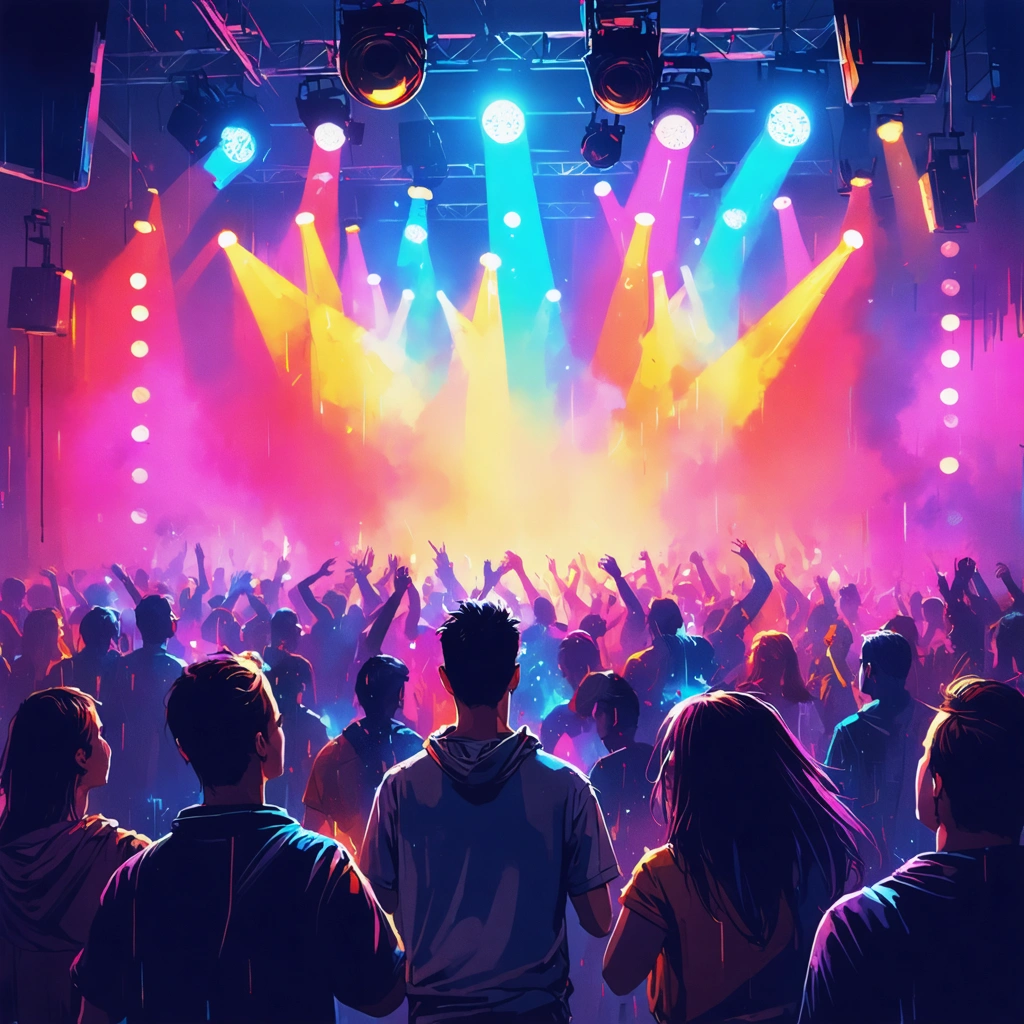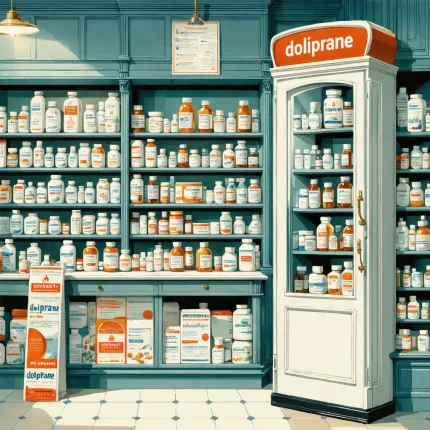GHB: Party Drug’s Hidden Dangers: GHB’s nightlife use raises critical safety concerns.

Step into any vibrant nightclub or pulsating party scene, and you might encounter a cocktail of substances designed to amplify the experience. Among these, gamma-hydroxybutyrate—better known as GHB—has earned a notorious reputation. Often glamorized in certain circles as a "feel-good" party drug, GHB’s allure is shadowed by a darker reality that many users overlook until it’s too late. But what exactly makes GHB so risky, and why does its presence in nightlife demand urgent attention?
The Allure of GHB in Nightlife Culture
Picture this: the music is thumping, lights are flashing, and the atmosphere is electric. For some, GHB is the secret ingredient to heighten euphoria, increase sociability, and even intensify intimacy. Its reputation as a party drug has grown, partly because it’s sometimes misperceived as safer or more natural than other substances. However, beneath the surface of this perceived “harmless” buzz lie complex substance risks that can escalate rapidly.
GHB’s effects can be deceptively pleasant initially, but they come with a narrow margin between a desired dose and an overdose. This narrow therapeutic window means that what feels like a fun night out can spiral into dangerous territory very quickly. Intoxication, loss of consciousness, and even respiratory depression can occur without warning.
Why Are Partygoers Attracted to GHB?
- Rapid onset: The effects kick in quickly, often within 15 minutes, creating an immediate sense of euphoria.
- Enhanced sociability: Users often report feeling more relaxed, talkative, and connected to others.
- Perceived safety: Because it is sometimes used medically under strict supervision, some assume it’s less dangerous recreationally.
- Cost and accessibility: GHB can be synthesized relatively easily, making it a common choice in certain social scenes.
These factors combine to make GHB a tempting option for those looking to amplify their nightlife experience. Yet, the very characteristics that attract users also contribute to its hidden dangers.
Unveiling the Risks: When the Party Takes a Dark Turn
Despite its popularity, GHB is far from a harmless party enhancer. The substance risks associated with GHB are multifaceted and can affect users unpredictably. One of the most concerning aspects is how quickly the drug can overwhelm the body, leading to severe health emergencies.
Emergency rooms across the globe report cases of GHB intoxication, where victims suffer from respiratory depression, seizures, and in the worst cases, coma or death. Unlike some other party drugs where the effects are more gradual, GHB’s impact can be swift and unforgiving.
Moreover, GHB’s interaction with alcohol—a staple in many nightlife environments—magnifies the dangers exponentially. The combination depresses the central nervous system, increasing the likelihood of unconsciousness and reducing the body’s ability to protect itself from choking or other hazards. This dangerous synergy often catches users off guard, turning what seemed like a harmless night into a life-threatening situation.
Additional Concerns in Nightlife Settings
- Unintended overdose: Because GHB is odorless and tasteless, it can be unknowingly consumed or added to drinks, raising risks of poisoning.
- Impaired judgment: GHB lowers inhibitions but also impairs decision-making, which can lead to risky behaviors and vulnerability.
- Potential for dependence: Regular use may lead to tolerance and withdrawal symptoms, complicating recovery.
- Legal and social consequences: Possession and distribution carry serious legal penalties, and users may face social stigma or personal setbacks.
Understanding these risks is essential—not to scare, but to empower those who might encounter GHB at parties or clubs to make informed decisions.
Charting a Safer Path Forward
Addressing the hidden dangers of GHB in nightlife requires a multi-layered approach. Awareness campaigns, harm reduction strategies, and open conversations can all play a role in mitigating the risks. For individuals, recognizing the substance risks that come with GHB use is the first step toward safer choices.
Whether you’re a partygoer, a concerned friend, or someone curious about the realities behind the buzz, this article will dive deeper into GHB’s effects, the science behind its risks, and practical advice for navigating nightlife safely. Together, we can shed light on this shadowy corner of party culture and promote a safer, more informed community.

GHB: Party Drug’s Hidden Dangers
What is GHB and why is it popular in nightlife settings?
Gamma-Hydroxybutyrate (GHB) is a central nervous system depressant that has gained notoriety as a party drug, particularly in nightlife environments such as clubs and raves. It is often used for its euphoric and sedative effects, which can enhance social and sensory experiences. Unlike more overtly stimulating substances, GHB produces relaxation, lowered inhibitions, and feelings of well-being, making it alluring to some partygoers.
Its popularity is also tied to its relatively easy synthesis and the fact that it can be ingested discreetly, often mixed into drinks without noticeable taste or odor. However, this very characteristic raises significant safety concerns, as many users may be unaware of the exact dosage or presence of the substance in their beverages.
What are the key substance risks associated with GHB and other party drugs?
GHB and similar party drugs carry a range of health and safety risks that are sometimes underestimated by users. Understanding these substance risks is crucial for anyone engaging in nightlife scenes where these drugs are prevalent.
Physical and neurological risks:
- Overdose potential: GHB has a narrow therapeutic window, meaning the difference between a recreational dose and a dangerous dose is small. Overdose can lead to unconsciousness, respiratory depression, coma, or even death.
- Respiratory depression: As a depressant, GHB slows down the central nervous system, which can suppress breathing.
- Memory loss and amnesia: Users may experience blackouts or gaps in memory, which complicates consent and personal safety.
- Physical dependence and withdrawal: Repeated use can lead to dependence, with withdrawal symptoms including anxiety, insomnia, tremors, and in severe cases, seizures.
Social and behavioral risks:
- Impaired judgment: GHB can significantly impair decision-making, increasing the risk of accidents, risky sexual behavior, or victimization.
- Drug-facilitated crimes: Because it is odorless and tasteless, GHB is sometimes used in “date-rape” scenarios, making its use particularly dangerous in social contexts.
How prevalent is GHB use in nightlife, and what do statistics say about its dangers?
According to reports from the National Institute on Drug Abuse (NIDA) and various public health agencies, while GHB use is less common than other party drugs like MDMA or cocaine, it remains a significant concern due to its acute overdose risks and association with sexual assault.
Some key data points include:
- A 2019 survey found that approximately 1-2% of young adults aged 18-25 reported using GHB in the past year, often in club or party environments.
- Emergency room visits related to GHB intoxication have increased in certain urban areas, with symptoms often including loss of consciousness and respiratory distress.
- Law enforcement data indicate that GHB is frequently detected in cases involving drug-facilitated sexual assault, highlighting the critical safety concerns linked to its use.
Why does GHB pose more hidden dangers compared to other party drugs?
GHB’s hidden dangers stem primarily from its pharmacological profile and its subtle presence in social settings:
- Unpredictability of dose: Because GHB is often sold in liquid form and can vary greatly in concentration, users may unintentionally consume a toxic amount.
- Delayed onset and quick peak: The effects can take 15-30 minutes to begin but then escalate rapidly, making it hard to gauge safe use.
- Synergistic effects: Mixing GHB with alcohol or other depressants dramatically increases the risks of respiratory failure and death.
- Social invisibility: Its lack of taste or smell means it can be slipped into drinks without detection, heightening risks of involuntary ingestion.
These factors combined mean that even experienced users can misjudge the effects or dosage, leading to dangerous outcomes.
How can individuals protect themselves from the risks of GHB and other party drugs?
Awareness and harm reduction strategies are essential for minimizing the dangers associated with GHB and other substances commonly found in nightlife settings.
Some effective steps include:
- Never accept drinks from strangers: Always watch your drink being prepared to prevent tampering.
- Use drug testing kits: Though not widely available for GHB, some harm reduction organizations provide kits to test for common party drugs.
- Stay with trusted friends: A reliable group can monitor each other’s well-being and intervene if someone shows signs of overdose.
- Educate yourself about substance risks: Understanding how GHB acts on the body helps in recognizing symptoms of overdose and when to seek emergency help.
- Avoid mixing substances: Combining GHB with alcohol or other depressants increases the danger exponentially.
Emergency response knowledge is also vital — if someone appears unresponsive or is breathing irregularly after using GHB, immediate medical attention can be life-saving.
What role do public health and nightlife venues play in addressing GHB safety concerns?
Public health authorities and nightlife venues have a responsibility to reduce risks associated with party drugs like GHB through education, monitoring, and intervention programs.
Examples of effective initiatives include:
- Awareness campaigns: Informing young adults about the risks of GHB and other party drugs through social media, schools, and community programs.
- On-site medical support: Having trained personnel available at clubs and festivals to recognize and respond to overdoses promptly.
- Safe space programs: Offering areas where individuals can rest and receive assistance if they feel unwell.
- Collaboration with law enforcement: Monitoring and controlling the distribution of illicit substances to reduce availability.
Such measures not only help prevent harm but also promote a culture of safety and responsibility within nightlife communities.
Conclusion
While GHB may appear as a party drug that enhances nightlife experiences, its hidden dangers are profound and multifaceted. Understanding the substance risks, including overdose potential, behavioral impairments, and the possibility of involuntary ingestion, is critical for anyone exposed to environments where GHB is present.
By staying informed, practicing harm reduction strategies, and advocating for safer nightlife policies, individuals and communities can better navigate the challenges posed by GHB and other party drugs, ultimately reducing harm and preserving health and safety.





